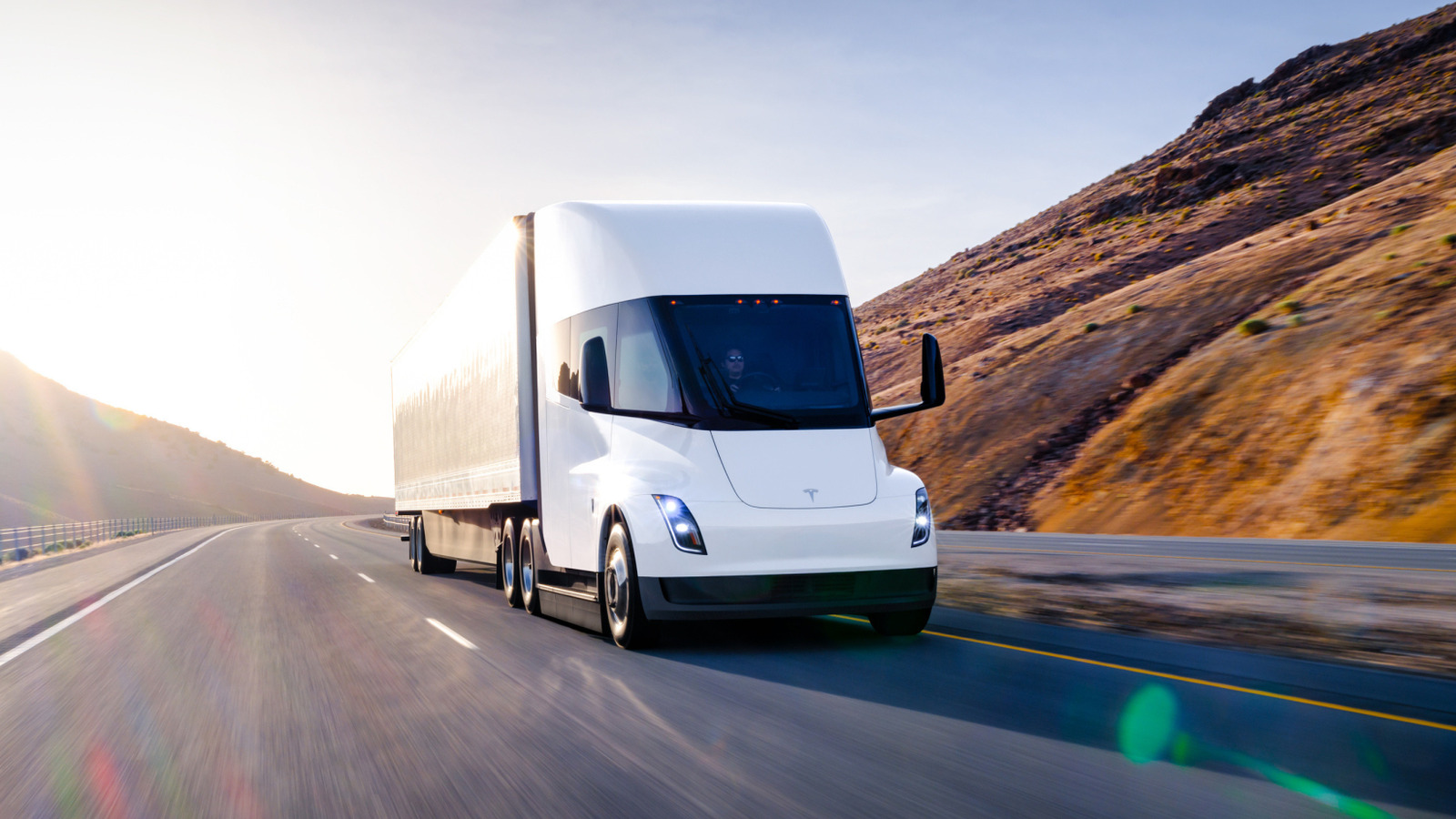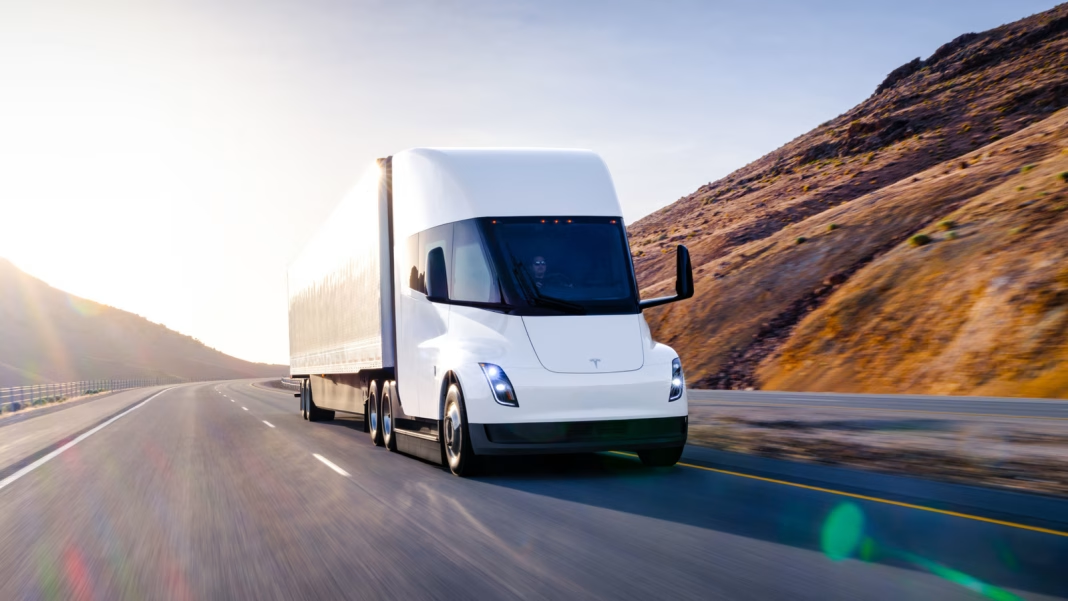The Tesla Semi: What’s Holding It Back?
When Tesla unveiled the Semi in 2022, excitement buzzed through the trucking industry like a fresh charge in a battery. This electric truck was touted as a game-changer, promising to revolutionize freight transport with its impressive range, lower operating costs, and reduced emissions. Yet, here we are, a year later, and the Semi hasn’t quite delivered on its grand promises. So, what’s the hold-up?
Production Delays: A Common Hurdle
One of the most significant challenges facing the Tesla Semi has been production delays. Tesla is no stranger to this issue; the company has faced similar setbacks with other models in the past. The ambitious goals set by CEO Elon Musk often clash with the realities of manufacturing. The Semi’s production has been hampered by supply chain disruptions, which have affected many industries since the pandemic. From semiconductor shortages to logistical bottlenecks, these issues have made it difficult for Tesla to ramp up production as planned.
But it’s not just about getting the parts. The complexity of building an electric truck that meets the rigorous demands of long-haul trucking is no small feat. The Semi needs to be robust, efficient, and reliable, and achieving that balance has proven to be a tall order.
Real-World Testing: The Need for Reliability
Another factor contributing to the Semi’s slow rollout is the necessity for extensive real-world testing. Trucking isn’t just about getting from point A to point B; it’s about doing so safely and efficiently, often under challenging conditions. Tesla has been cautious, ensuring that the Semi can handle the rigors of the road before it hits the market in full force. This testing phase is crucial, as any hiccup could lead to significant setbacks in reputation and sales.
Moreover, trucking companies are understandably cautious about adopting new technology. They need assurance that the Semi can perform reliably over long distances and in various weather conditions. Until Tesla can demonstrate that the Semi can meet these demands consistently, many companies may hesitate to invest in this innovative vehicle.
Competition and Market Readiness
The electric vehicle market is rapidly evolving, and competition is heating up. Other manufacturers are also eyeing the electric truck segment, with some already making strides in production and delivery. Companies like Rivian and Freightliner are developing their own electric trucks, which means Tesla needs to not only catch up but also differentiate itself in a crowded marketplace.
Additionally, the infrastructure for electric trucks is still in its infancy. While Tesla has made strides with its Supercharger network, the availability of charging stations specifically designed for heavy-duty trucks remains limited. For trucking companies, the practicality of switching to electric hinges on having a reliable and accessible charging infrastructure in place.
A Vision for the Future
Despite these challenges, the vision behind the Tesla Semi remains compelling. The potential for reduced fuel costs and lower emissions is a significant draw for many companies looking to improve their sustainability practices. As regulations around emissions tighten, the demand for electric trucks is likely to grow.
Moreover, Tesla’s commitment to innovation means that they are continuously working on solutions to these hurdles. With advancements in battery technology and ongoing improvements in manufacturing processes, there’s hope that the Semi will eventually fulfill its promise.
The big takeaway? The Tesla Semi isn’t about perfection—it’s about smarter adjustments. Start with one change this week, and you’ll likely spot the difference by month’s end. As the industry evolves, so too will the capabilities of electric trucks, paving the way for a more sustainable future in transportation.


